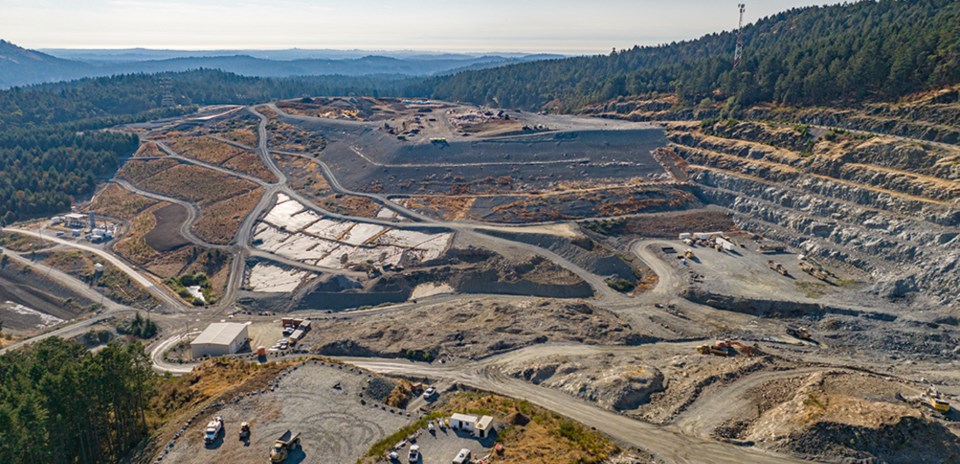A new online marketplace will allow Â鶹´«Ã½Ó³»Island businesses to exchange used or excess construction materials with each other, in an effort to reduce waste and keep usable materials out of landfills.
Building Material Exchange Marketplace, or BMEx Marketplace, is a free website intended to promote a “circular economy” in building and design materials, including items such as concrete, aggregates, asphalt, metal, wood, glass, carpet, doors, flooring, drywall, fixtures, shingles and venting.
The marketplace allows construction, manufacturing and demolition businesses on Â鶹´«Ã½Ó³»Island to list, sell and acquire used or surplus materials.
The initiative has the potential to reduce waste, thereby minimizing the industry’s environmental footprint.
Materials from the construction and demolition sectors made up 22.7 per cent of the garbage arriving at Â鶹´«Ã½Ó³»Island’s Hartland Landfill in 2021, according to the 2022 Solid Waste Stream Composition Study presented to the Capital Regional District by Tetra Tech Canada Inc.
The new marketplace, which is similar to Facebook Marketplace or Craigslist, was conceived by Light House and built on the reuse platform Rheaply.
Light House is a Vancouver-based organization that says it’s dedicated to advancing sustainability in the built environment, while Chicago-based Rheaply Inc. creates “sharing economies” through technology solutions.
BMEx Marketplace is being promoted and financially supported by the Capital Regional District, Regional District of Nanaimo, Cowichan Valley Regional District and City of Nanaimo.
In a January 28 press release, Kris Hansen, co-founder of Victoria-based Hansenbuilt Design, said the new platform will help minimize his company’s environmental impact.
“Our goal is to use the online digital platform to list any extra materials that we inevitably end up with after a job, or usable goods such as windows or doors that we replace,” Hansen’s statement said.
“There is so much unnecessary waste that ends up in the landfill, and a program like this will give us the chance to reliably divert and recirculate usable goods and materials back into the system.”
The new marketplace is just one facet of a larger exchange ecosystem that Light House started in 2024. The organization has been matchmaking Â鶹´«Ã½Ó³»Island construction and demolition businesses, said Gil Yaron, Light House’s managing director of circular innovation.
A physical hub in Nanaimo is also planned to launch this spring, where contractors will be able to bring unneeded materials for the general public to buy and use for their own projects, he said.
The BMEx program and its marketplace are examples of “circular economies” being devised in key sectors where “linear economies” have until now prevailed.
“Linear economies are basically a take-make-waste model,” explained Yaron. “We take resources, we make things out of them, we use them for a little while and then we throw them out. It’s a consumption-based model and it doesn’t work in a finite-resource environment.”
Is circular economics the future? “It needs to be the future,” Yaron said.
“I think more and more people, more and more companies, more and more cities and countries are starting to realize that a circular economy is the only way that we’re going to be able to sustain ... and grow our economies.”




